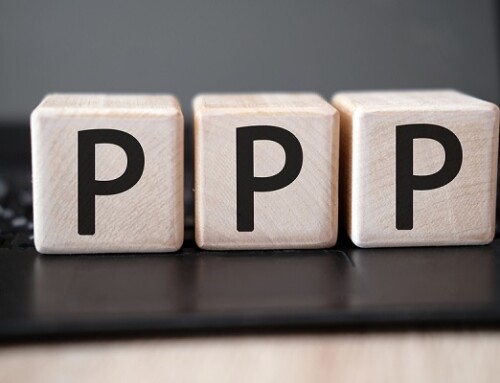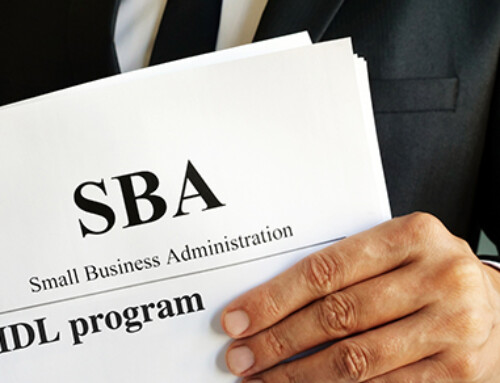You can pay your child to work in your business and get paid for paying your child.
The basic mechanics of this are (a) you deduct the wages and (b) your child pays zero or very little in income taxes. The three points below elaborate on this:
- The child (a single taxpayer) pays zero taxes on earnings up to the $6,350 standard deduction amount. Say you pay tax-deductible wages of $6,350. This reduces your taxes or gives you tax refunds. And the child pays no taxes. The government is the only player who is out any money.
- The child can use the traditional IRA to avoid taxes on $5,500, for a total of $11,850 on which he or she can avoid taxes. You can pay this amount and reduce your taxes.
- The child can use the 10 percent tax bracket, standard deduction, and traditional IRA so as to pay itty-bitty taxes on earnings up to $21,175 while you reap the tax benefits of paying your child this much larger amount.
To get this right, you need to pay the child on a W-2, have the child keep a time sheet, and create proof of a reasonable wage.
And you will be happy to know that the IRS has approved employing children as young as seven years old.
Here’s another benefit: If the child working for a parent is under age 18, both the child and the parent or parents are exempt from payroll taxes. In these cases, the parent operates a Schedule C business, or both parents are the sole owners of a partnership.
Corporations are not parents. They do not qualify for this exemption from payroll taxes. Even so, corporate hires of the owner’s children usually produce good tax benefits.
In summary, all business owners can achieve tax benefits by hiring their children, regardless of the type of business entity. But parents who are Schedule C owners or in spousal partnerships achieve more benefit because neither they nor their under-age-18 children are subject to payroll taxes.
If the hiring-your-child tax strategy sounds good to you, we can help you get this plan in place in an audit-proof manner.





